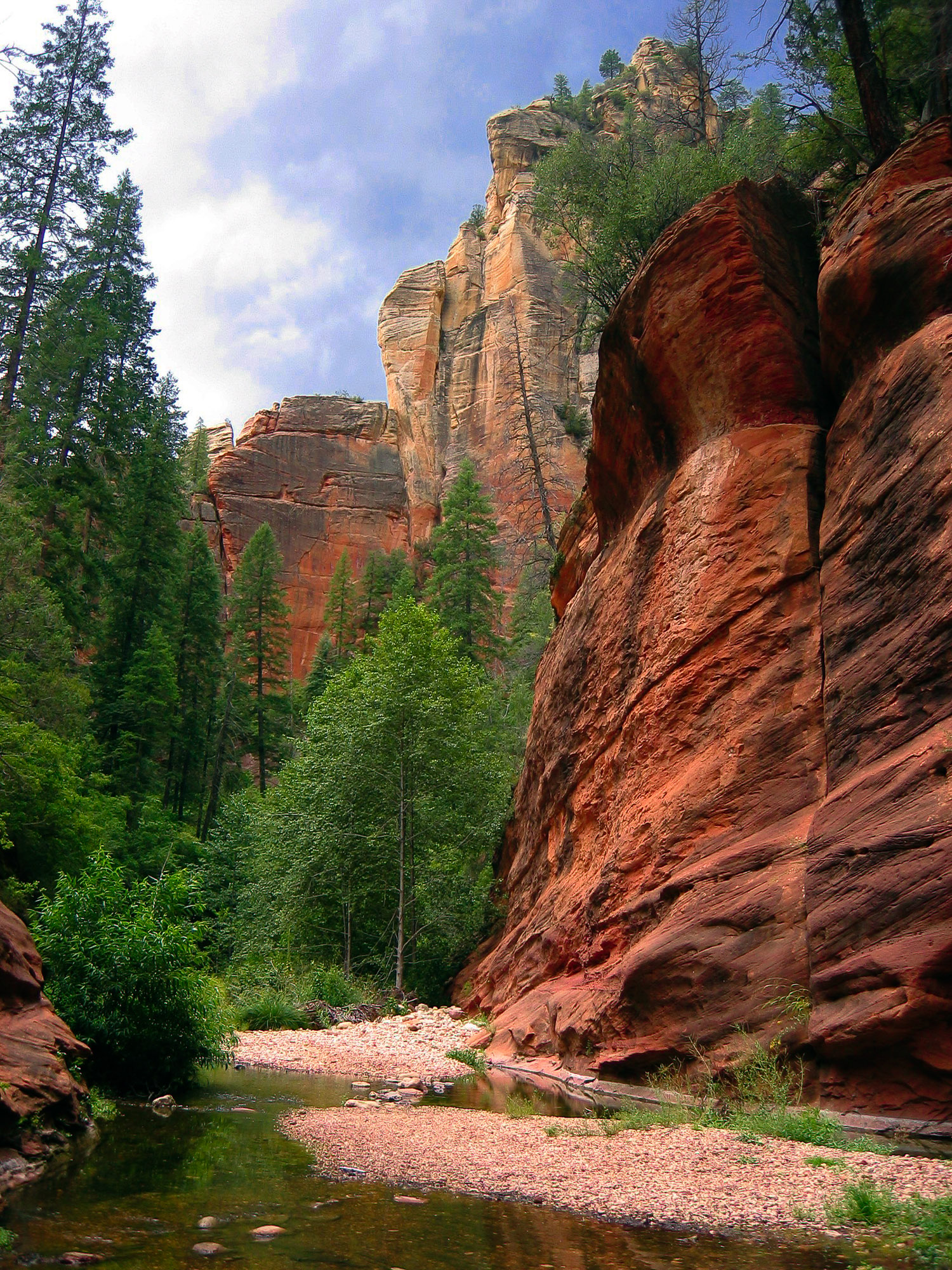ABOUT ARIZONA
By Ian Robert Knight
When you think about Arizona, it’s not easy to think of it as a ‘young state’, but indeed it is. Brought into the Union in 1912 as the 48th State, it was the last to join until Alaska and Hawaii joined in 1959. But when you travel this southwest state, you’d be forgiven for thinking it looks old. With landscapes that are known scientifically to have been created millions of years ago, it just doesn’t look that young. But for all its old age, it continues to attract landscape photographers by the SUV-load.
For most landscape photographers, visiting Arizona is a bucket list item. This young state is overflowing with dramatic vistas, canyons and red rock formations. When you’re driving through the long, sometimes winding highway, you’ll want to stop frequently. There’s just something about Arizona that photographers love, including us.
To Start With
To be fair, Arizona is more than just landscapes. It also has large metropolitan cities like Phoenix, Tucson, and Mesa. It also has smaller cities like Yuma, Flagstaff and Sedona. These cities have thriving cultural scenes, year-round sporting activities, and world-class restaurants. But perhaps it’s really best known for its National Parks, deserts and scenes straight out of the Wild West.
As a photographer, you’re probably interested only in the last part of that list. You go to Arizona for the landscapes, the deep canyons, the slits and slices of land, and the red rocks that stand up in the middle of nowhere. And lucky for you, there’s an endless supply of all of those items, just waiting for you to show up. So let’s hit the road, and find all the things about Arizona that bring us to the State.
The Grand Canyon
Of course, the obvious item here is Grand Canyon National Park. There are others, of course, but this is the big one that people come to see. And rightly so – it’s massive (grand, even) at 277 miles long. It takes up a good portion of the north part of the state. The canyon is quite deep, quite wide, and quite old. It’s estimated to be about 6 million years old, and the Colorado River continues to carve its way through the canyon floor, slowly changing it while we watch.
Horseshoe Bend – part of the Grand Canyon – is a popular area. This picturesque site is easy to photograph from the rim of the canyon. The Colorado River wraps around the canyon wall with a 180 degree turn, and it looks magnificent. The scene faces directly west, so the light can play a big part in your image. Perhaps the best light of the day may be early in the morning, or early in the afternoon. In the later part of the day, the sun will be hard to manage, and will cast shadows you won’t want.
Oak Creek Canyon
Oak Creek Canyon, not far from Sedona, is often referred to as the smaller cousin of the Grand Canyon. Oak Creek itself, runs along the base of the canyon, and is one of the only streams in the high desert region that runs year round. From the base of the canyon, there are countless beautiful scenes to photograph. At the right time of day, the lighting on the red sandstone cliffs can be quite spectacular.
The Crack and The Corkscrew
Certainly one of the most sought-after scenes for photographers, are the slot canyons of Antelope Canyon. These two sites are located just outside of Page, Arizona. The Upper Antelope Canyon – or The Crack – gets most of the attention. It’s the one that you would typically see in a landscape photographers portfolio. It’s narrow at the top, and wide at the bottom. This ideal combination makes it easier for large groups of photographers to gather inside for that special image. When the light is just right, and it streams in to the base of the canyon, it’s magical.
The Lower Antelope Canyon – or The Corkscrew – is kind of the opposite. It’s wide at the top, and narrow at the bottom. To access the interior, there are several sets of stairs that you descend, leading you into the base. There are areas that can be quite tight, and you need to wiggle your way through the curved walls. Unlike the Upper canyon, you cannot shoot photos with a tripod in this site. Cameras are very welcome, of course, but they need to be handheld.
The Monoliths
Not far from Sedona, there are many tall sandstone monoliths. These all have clever names, the origin of which is mostly unknown. You will encounter towers called Coffeepot Rock, Bell Rock, Cathedral Rock, Chimney Rock, Courthouse Butte, The Mittens, The Cow Pies, and the Rabbit Ears. All very colorful, and with some imagination, you can almost see the shapes that their names suggest them to be. But names aside, they make for some wonderful images.
Monument Valley
If you’ve ever watched a Western film (who hasn’t?), you’re sure to recognize the sandstone buttes from Monument Valley. The area actually straddles the Arizona-Utah border, and lies within the Navajo Nation territory. Again, many of the sandstone structures have creative names like Mitten Butte or Elephant Butte. The buttes are so well-known, that when people imagine the Wild West, they’re likely thinking of Monument Valley.
Arizona Calling
The ideal times to visit this beautiful state is in the spring and autumn months. The weather can be unbearably hot in the summer months, and the canyons often receive snow in the winter. Photo Workshop Adventures visits Arizona twice a year – in May and September. Join us, and see why we think there’s something special about Arizona worth seeing.



















